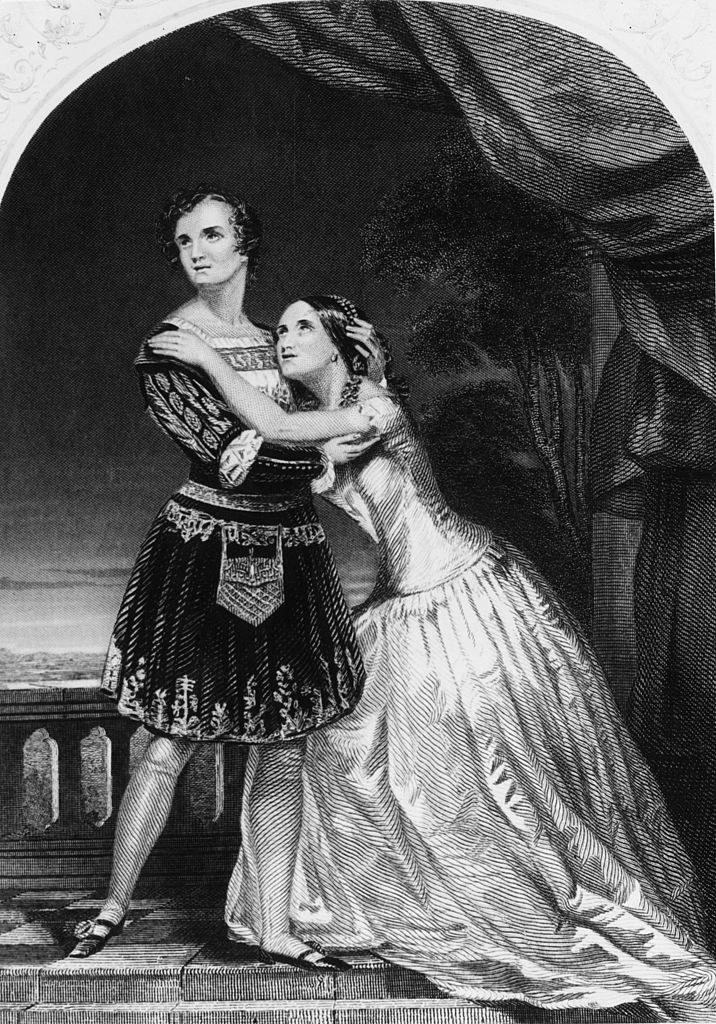21 Facts That Are So Interesting They Almost Broke My Brain
🚨 Warning: This article contains mentions of murder, violence, and other sensitive topics. 🚨
1.The iconic photo of Albert Einstein sticking out his tongue was actually the scientist's response to paparazzi who were waiting outside his 72nd birthday party. Einstein thought the photo was hilarious and bought dozens of copies to send to his friends, telling them that his cheeky reaction to the reporters reflected his political views.

2.11 Madison is a skyscraper in New York City that was once planned to be the tallest building in the world. The building was originally planned to be over 100 stories tall. When the stock market crashed in 1929, developers halted construction.
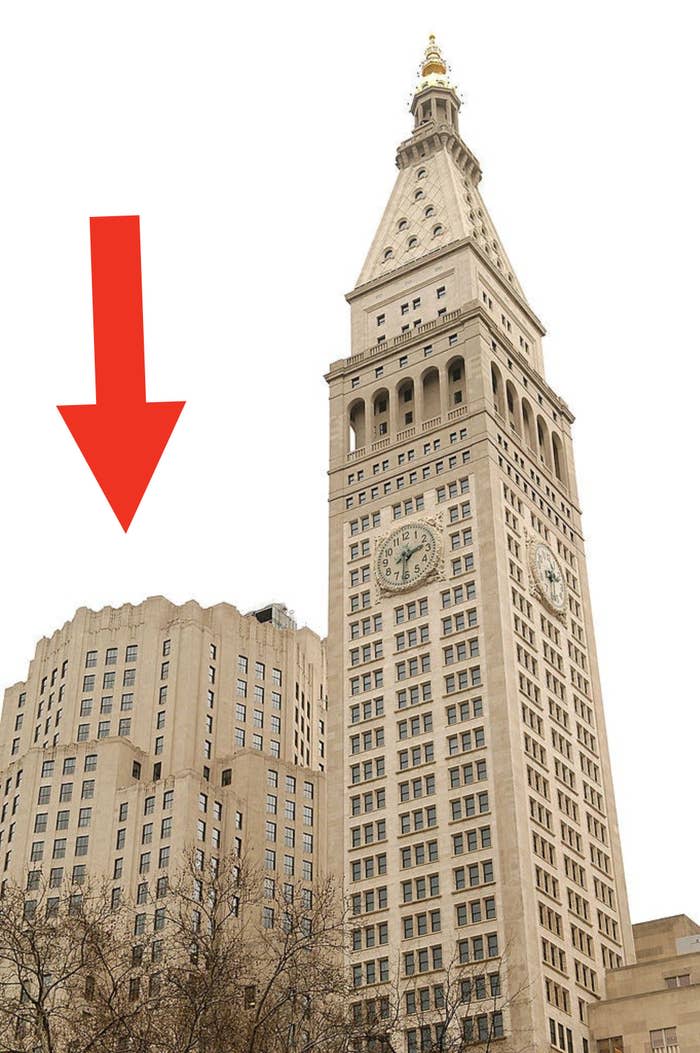
Even after the stock market rebounded following the Great Depression, the missing 75 floors of the building were never completed. In 2015, 11 Madison sold for $2.29 billion, which was the second largest office building sale in the United States. The only sale to top it was the General Motors Building, also located in New York City. That building sold for $2.8 billion in 2008.
NBC / Via giphy.com
3.Francis Ford Coppola might be best known for directing movies like The Godfather, but he actually made far more money from his wine business than his film career. Coppola told Wine Enthusiast that one year, he made over $60 million just in wine sales.

4.Lynette "Squeaky" Fromme was a follower of Charles Manson who attempted to assassinate President Gerald R. Ford in 1975. As a child, Fromme was a talented dancer who joined an elite dance troupe that was invited to perform at the White House. When her family moved to Redondo Beach in California, a 14-year-old Fromme quickly fell in with the wrong crowd, and began abusing drugs. During her first year of college, her fed-up father kicked her out.
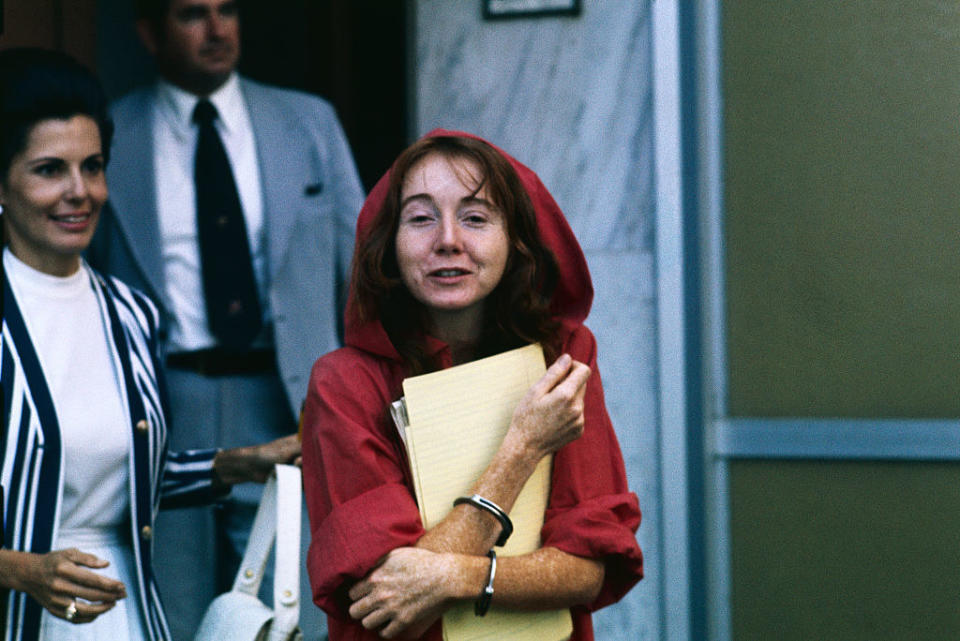
In 1967, Fromme met Charles Manson on the beach. Manson had just been released from prison, but Fromme looked past this and quickly became part of Manson's "family." When the Family moved to a mansion in 1968, Fromme became 80-year-old ranch owner George Spahn’s unofficial wife. In fact, he even gave her the nickname "Squeaky." After Manson's 1969 arrest, Fromme managed to avoid being implicated. Instead, she held vigil outside of the courthouse and refused to denounce Manson. Fromme continued to follow Manson's teachings, and became devoted to nature and trees.
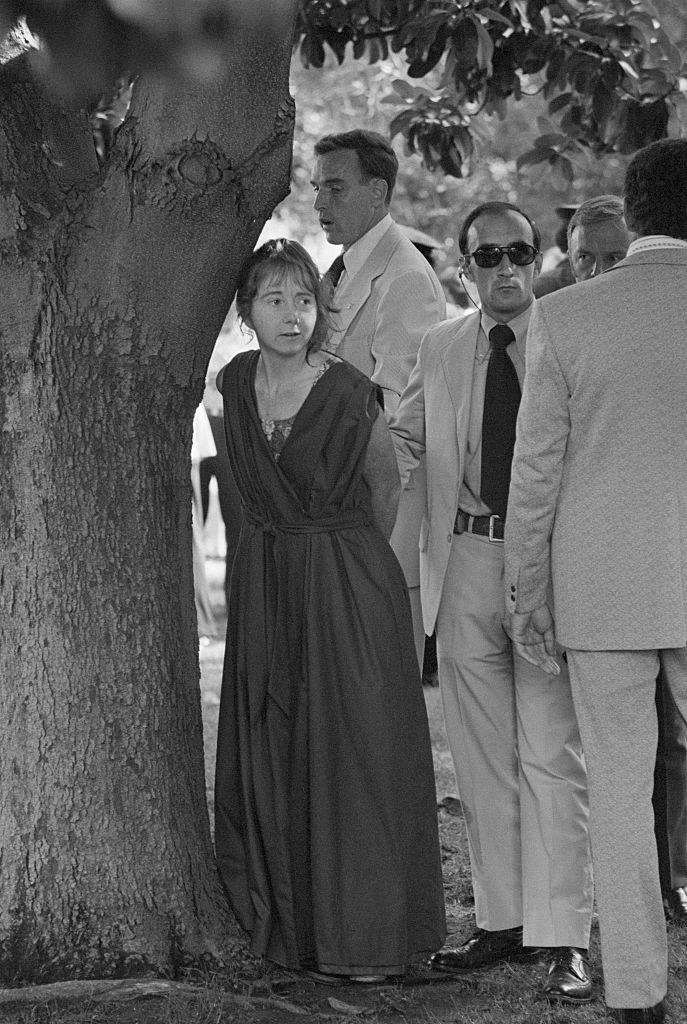
When Fromme heard that President Ford was making an appearance in Sacramento to relax environmental protections from the Clean Air Act, she devised a plot to confront Ford. She strapped a gun to her leg under her dress and pushed to the front of the crowd, where she raised her gun at Ford. Officials instantly arrested her. She refused to participate in parts of her trial, and was often carried into court. Ford became the first sitting president to appear at a criminal trial after submitting video testimony. In 1975, Fromme was convicted of attempted assassination and sentenced to jail. She was able to escape from prison in 1987, but was recaptured. Fromme was released in 2009, and moved to upstate New York.
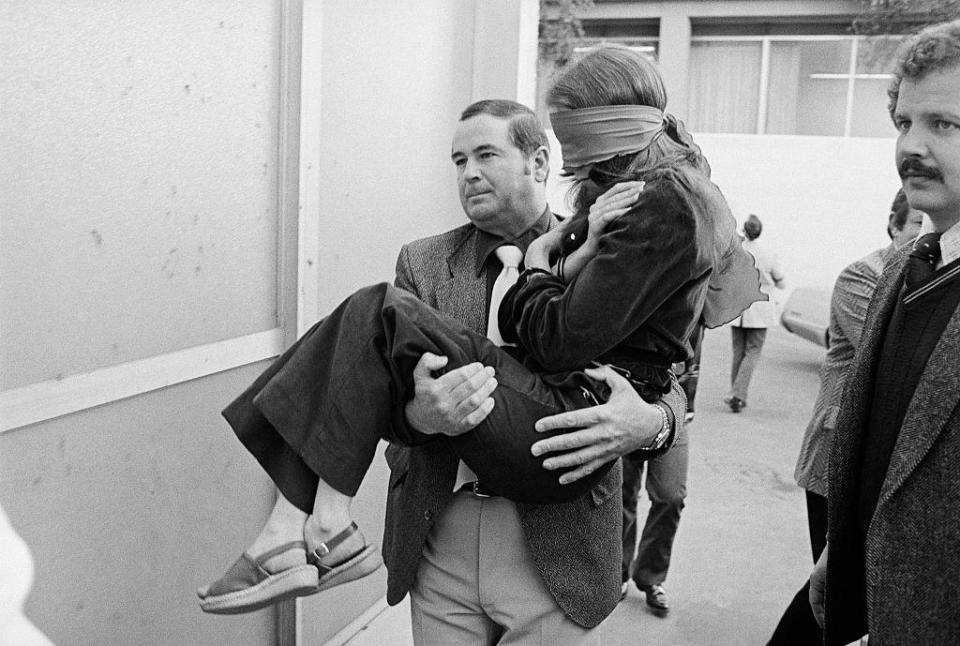
5.People in Japan never have to worry about facing the repercussions after being late because of public transit. If a train is late, passengers receive a train delay certificate to give their teacher or employer to prove their tardiness wasn't their fault.
NBC / Via giphy.com
6.In the United States, bats single-handedly save the country over $3 billion that would be spent on pest control each year. Their insect consumption saves the corn industry over $1 billion that would be spent on pesticides and crop damage.
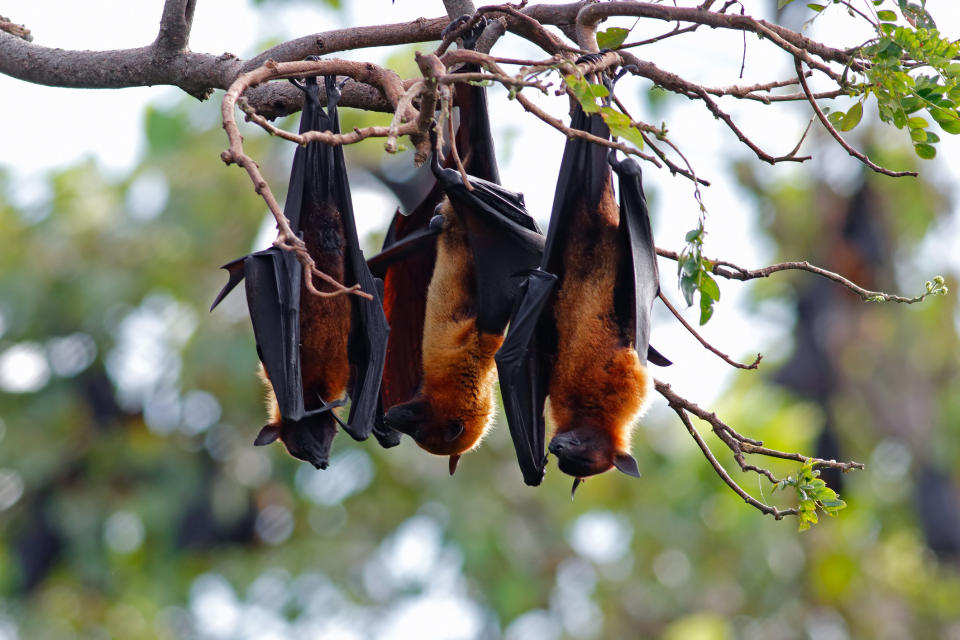
7.Joseph-Armand Bombardier invented the snowmobile after his son fell ill and died from appendicitis during a blizzard. The storm prevented Bombardier from being able to get his son to the hospital on time, so he vowed to create a vehicle that could travel over snow.
National Geographic / Via giphy.com
8.In 1862, the King of Siam approached President Abraham Lincoln with an offer to send elephants to the United States to aid with the Civil War. Lincoln turned down the offer, telling the king that advances in boats and steam-powered engines rendered the proposal outdated.

9.You were probably taught in school that humans have 206 bones, but newborn babies actually have closer to 300! As babies grow, some of their bones fuse together as tissues develop.

10.SpongeBob SquarePants as we know and love it originally looked much different! When the show was being developed, Nickelodeon told creator Stephen Hillenburg that they didn't want to order the full series unless they changed SpongeBob to be a kid in school, as the network believed that was their winning formula. Hillenburg refused to budge, and was ready to abandon the project. As a compromise, Hillenburg created Mrs. Puff to be SpongeBob's boating teacher in order to keep the school theme Nickelodeon wanted.
Nickelodeon / Via giphy.com
SpongeBob's name was also different during the development phase. He was originally named SpongeBoy, and a test episode was created with the name. Hillenburg was forced to change it after he learned that there was already a mop company called SpongeBoy. He shifted the name to SpongeBob because he was worried that dropping "Sponge" from the name would lead viewers to think the character was a piece of cheese.
Nickelodeon / Via giphy.com
11.Queen Elizabeth II technically owns all of the dolphins, whales, and porpoises within 3 miles of the United Kingdom's shores. The royal family's ownership of the sea creatures dates back to a law written in the 14th century.
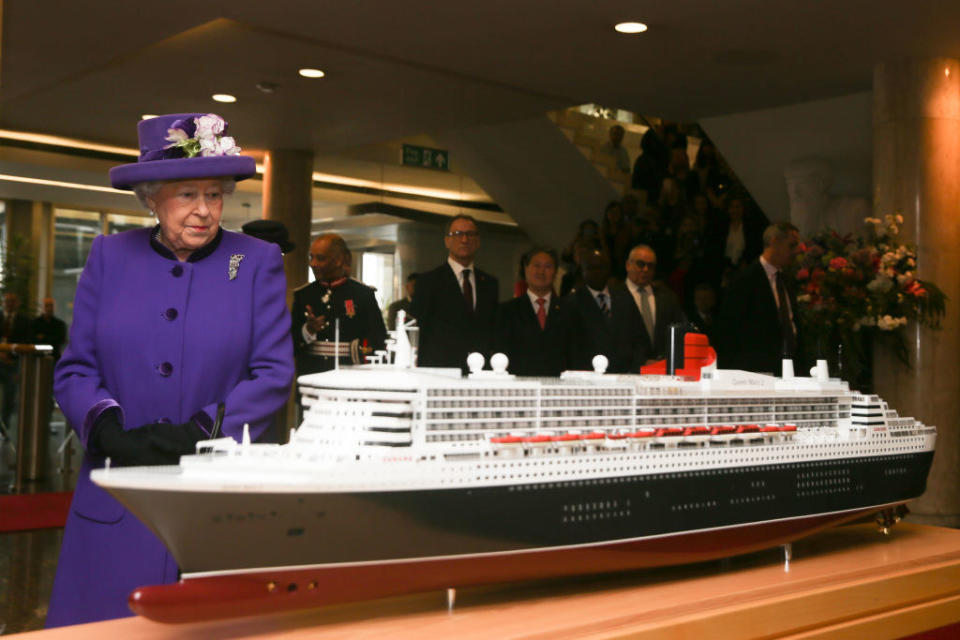
12.When Dum Dums lollipops were created in 1924, I.C. Bahr, who was the company's sales manager, decided to name them Dum Dums because he thought it would be easy for children to say.
Tumblr / Via giphy.com
13.A human eye is made up of 95% water.
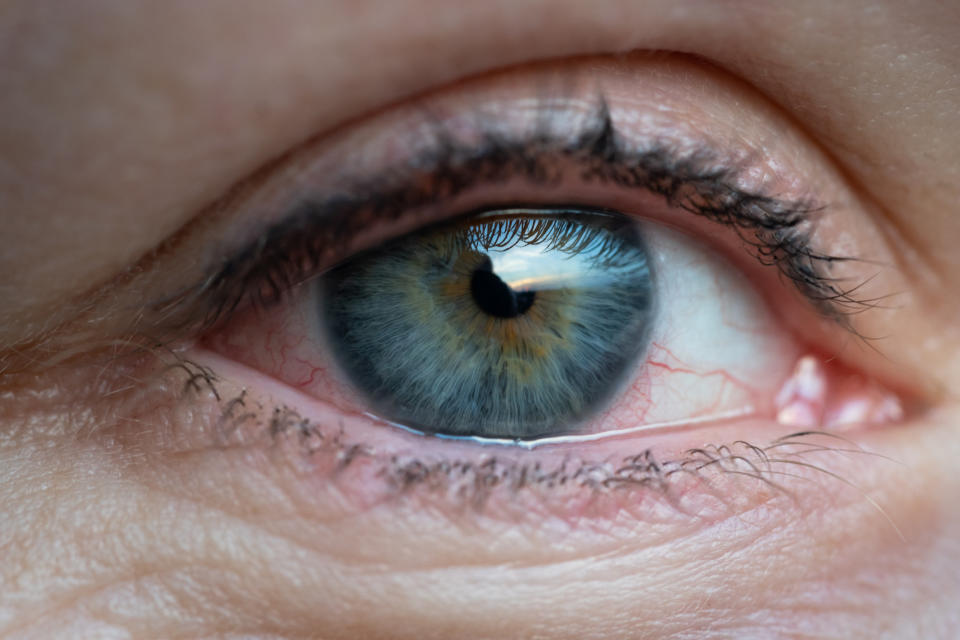
14.After learning about the 9/11 attacks, Masai tribe members in Kenya donated 14 cows to the United States. Why cows? The Masai people believe that cows are sacred animals, and they believed that they could help the United States in their recovery attempts.

After the Masai people presented the cows to US Ambassador William Brancick, the United States needed to decide what to do with the cattle. They first toyed with sending the cows to the Central Park Zoo, then pondered selling them and using the proceeds to buy Masai jewelry to distribute to New Yorkers. After three years, they settled on using the sales of the cows' offspring to pay for high school scholarships for Kenyan students.
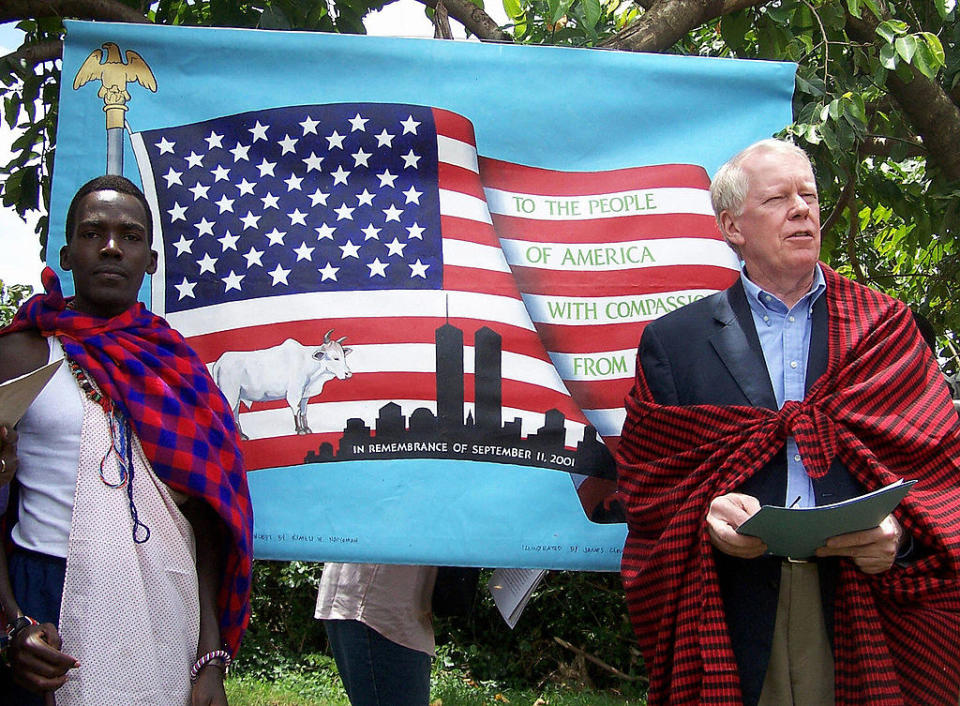
15.When Mount St. Helens erupted in 1980, 57 people died. Of the 57, only six of them were found in areas that had been marked as dangerous. The other 51 people had been in areas that officials said were safe places to weather the force of the eruption. Despite this, both the governor of Washington and then-President Jimmy Carter told reporters that everyone who died had been people who deliberately ignored warnings.

16.During the Apollo space missions, astronauts decided to offload unnecessary objects in order to have enough space to bring back moon rocks. They ended up leaving 96 bags of vomit, urine, and poop up in space. Astrobiologists say they hope to examine the waste to see if any genetic mutations occur from being up there.
ESA / Via giphy.com
17.A study shows that classical music lovers and metal heads actually have more in common than you thought! Fans of the two genres tend to have similar personality traits, with both groups looking for something dramatic, theatrical, and grandiose.
Hulu / Via giphy.com
18.Betty White was a huge animal lover, and said that if she hadn't been an actor, she would have wanted to be a zookeeper. White made a point of visiting the local zoo whenever she traveled, and supported several animal rights groups.
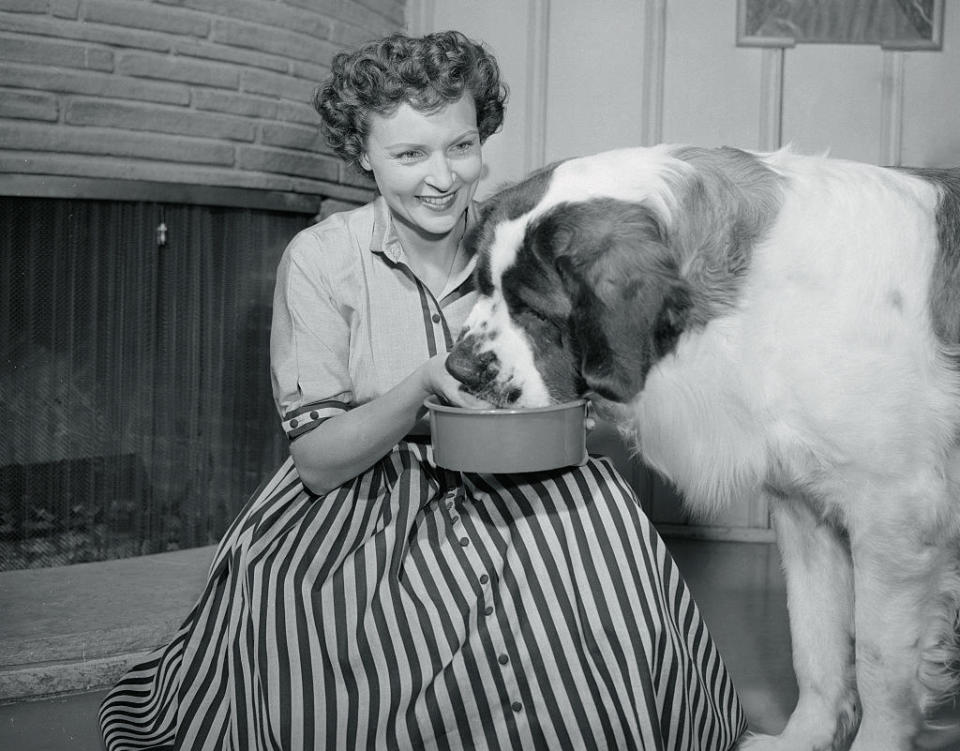
When White was approached to appear in the movie As Good As It Gets, she turned down the role after learning the movie featured a scene where a dog was thrown down a trash chute. She even complained about the scene to the movie's director and tried to persuade him to change it, but he refused, and cast Shirley Knight for the part instead.
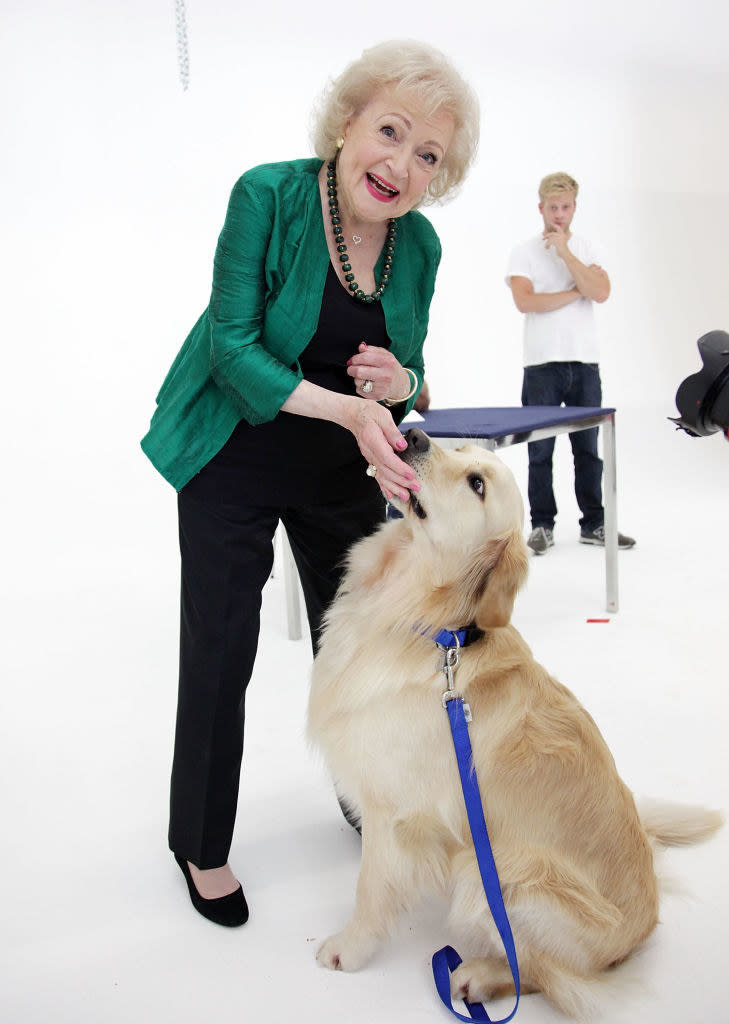
19.Ever wonder why movie previews are called trailers? It's actually because they used to play after the movie, trailing the main event. Theaters switched to playing them before the movie after realizing that most people left once the movie ended, skipping out on the trailers.
Comedy Central / Via giphy.com
20.If a man never shaved during his lifetime, then his beard would be an estimated 30 feet long.
AMC / Via giphy.com
21.And finally, Charlotte Cushman was a 19th-century theater icon who challenged gender roles. As a young woman, Cushman trained for the opera after being encouraged by her mother, and went on to star in several operas before her singing voice began to deteriorate. Cushman decided to turn to traditional stage acting, where she began playing men in Shakespearean plays, including Romeo in Romeo and Juliet, and Hamlet in Hamlet.

Through her career, Cushman played about 30 male roles. Cushman also was known for her refusal to conform to traditional gender standards. She never married, and instead lived in a community of "jolly female bachelors." Together, these women wore men's clothing, created art, and fought for equality for working women.
